The 2.4 Jeep Engine is a workhorse in the automotive world, known for its power and durability.
However, like any mechanical machine, it’s not immune to issues. it has its share of drawbacks. Issues like oil consumption, throttle issues, idle problem and overheating have been reported. But there are more.
So, if you’re a proud 2.4 engine owner, read the whole article for your help.
Common Problems of 2.4 Jeep Engine
The 2.4 Jeep Engine, while formidable, isn’t without its challenges. In this section, I’ll explore some of the common issues that can arise with this powerhouse.
Very high Oil Consumption
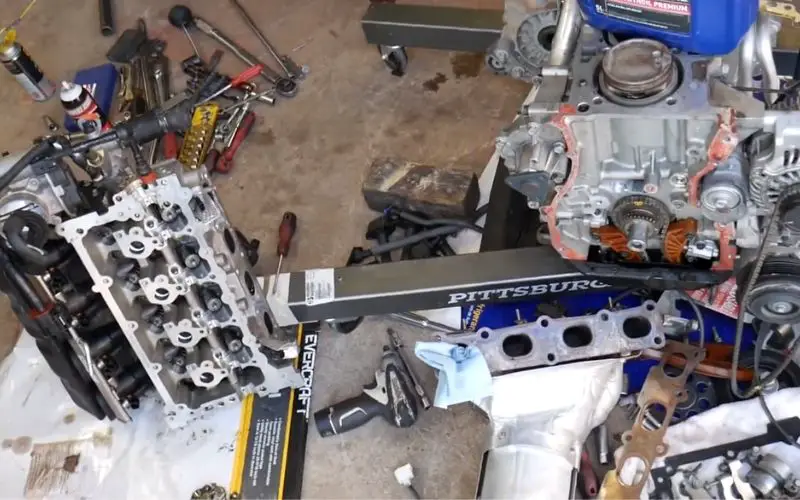
High oil consumption is a common issue with the 2.4L. It occurs when the engine burns more oil than usual, leading to low oil levels and potential damage. This problem can be attributed to worn piston rings or valve seals, allowing oil to enter the combustion chamber.
How to Fix:
- Check Oil Levels Regularly: Start by regularly checking your engine’s oil levels. If you notice a significant drop in oil levels between changes, it’s a sign of high consumption.
- Inspect for Leaks: Look for oil leaks around the engine, as leaks can contribute to high oil consumption. Fix any leaks promptly.
- Replace Worn Piston Rings or Valve Seals: If the issue persists, consult a mechanic. They can diagnose whether worn piston rings or valve seals are the culprits and replace them as needed.
- Use High-Quality Oil: Opt for high-quality engine oil with the recommended viscosity. This can help reduce oil consumption.
- Regular Maintenance: Stick to a regular maintenance schedule, including oil changes, to keep your engine in optimal condition.
By addressing high oil consumption promptly and following these steps, you can maintain a healthy 2.4L and ensure it runs efficiently without guzzling excessive oil.
Throttle issues
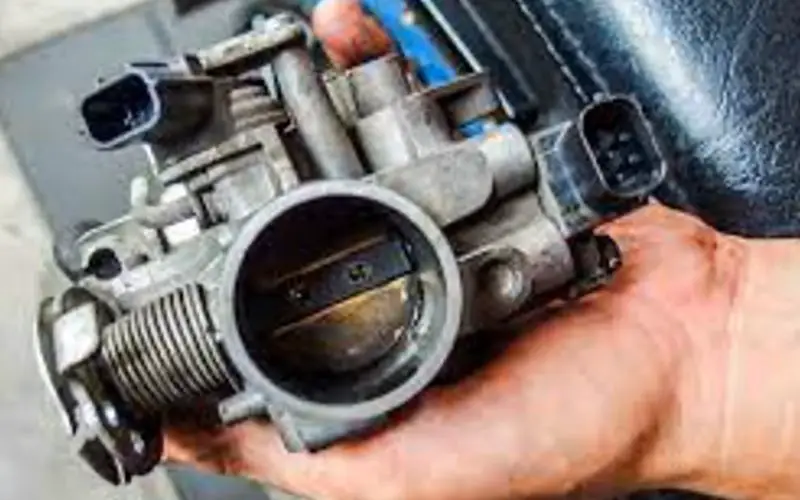
Throttle issues can trouble the 2.4 Jeep Engine. These problems typically show up as irregular acceleration or a sluggish response when you press the gas pedal. They can be due to a dirty throttle body, a malfunctioning throttle position sensor, or a clogged air filter.
How to Fix:
- Inspect the Throttle Body: First, inspect the throttle body for dirt or debris. Cleaning it with a throttle body cleaner can often resolve the problem.
- Check the Throttle Position Sensor: Ensure the throttle position sensor is working correctly. If it’s faulty, replacing it may be necessary.
- Examine the Air Filter: A clogged air filter can affect the air-fuel mixture, leading to throttle issues. Replace the air filter if it’s dirty.
- Scan for Error Codes: Use an OBD-II scanner to check for error codes. If any codes related to the throttle system appear, they can guide you to the specific problem.
- Consult a Mechanic: If the issue persists after these steps, consult a mechanic for a thorough diagnosis. They can pinpoint the exact cause and provide a solution.
Overheating
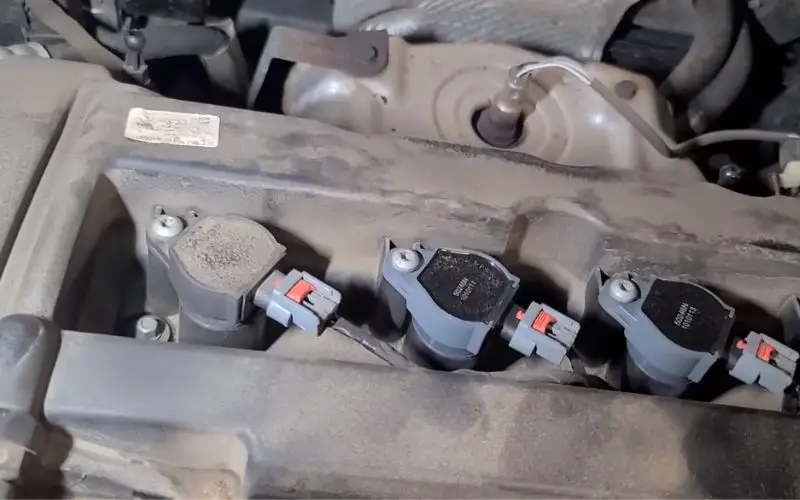
The 2.4 Jeep Engine can overheat. This is bad for the engine and can cause damage. You might see steam or smell something burning. The temperature gauge will also rise.
How to Fix:
- Stop and Cool: Turn off the engine. Let it cool for at least 30 minutes.
- Check Coolant: Open the hood. Look at the coolant level in the reservoir.
- Add Coolant: If low, add more coolant. Use the type stated in your manual.
- Inspect Fans: Make sure cooling fans work. Replace if they don’t.
- Test Drive: Take a short drive to see if the issue is fixed.
- See a Mechanic: If overheating continues, consult a mechanic for a complete diagnosis.
Too Much Emission
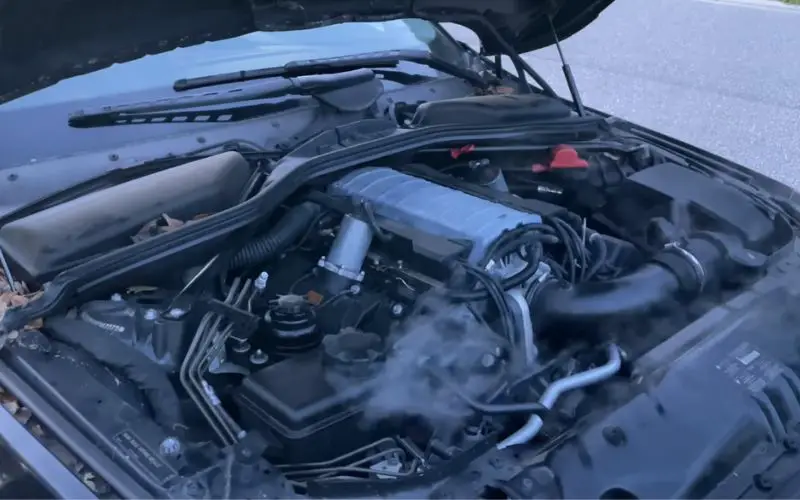
The Jeep 2.4 engine can sometimes produce too much emission. This is bad for the environment and your vehicle. Excessive emissions often mean poor fuel efficiency. You may also fail the emission test, which is required in many places.
How to Diagnose
First, look for a check engine light on your dashboard. This is often the first sign. Next, use an OBD-II scanner to read the error codes. These codes can tell you if the emission levels are too high. Finally, you can perform a “smell test.” A strong odor from the exhaust usually means high emissions.
How To Fix
- Check Oxygen Sensors: These sensors help control emissions. Replace them if they are faulty.
- Inspect Catalytic Converter: This part also helps reduce emissions. Make sure it’s in good shape.
- Clean Fuel Injectors: Dirty injectors can cause high emissions. Use a fuel injector cleaner.
- Replace Air Filter: A dirty air filter can increase emissions. Install a new one.
- Tune-Up: Sometimes, a simple tune-up can fix the problem. This includes changing spark plugs and wires.
- Consult a Mechanic: If all else fails, it’s time to get professional help. A mechanic can offer more advanced solutions.
There you have it. Follow these steps to reduce emissions from your jeep 2.4 multiair engine problems. Keep your vehicle and the environment healthy.
Transmission Issue
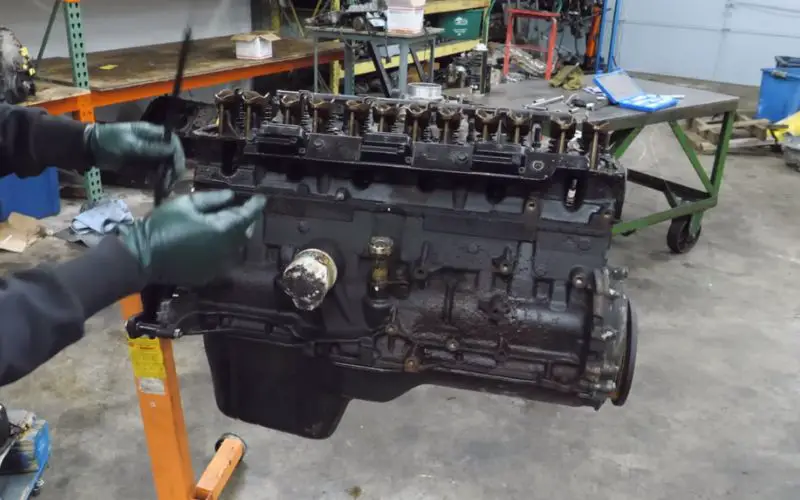
Transmission problems can occur with the 2.4 Jeep Engine, leading to jerky shifting, slipping gears, or strange noises. These issues often stem from low transmission fluid levels, a faulty torque converter, or worn-out clutch plates.
How to Fix:
- Check Fluid: Open the hood. Locate the transmission fluid dipstick. Check the level.
- Add Fluid: If low, add the correct type of transmission fluid.
- Inspect for Leaks: Look under the Jeep. Check for fluid leaks.
- Test Drive: Take a short drive. Pay attention to how the Jeep shifts.
- Mechanic Visit: If the issue remains, go to a mechanic. They can diagnose and fix the problem.
Battery Issue
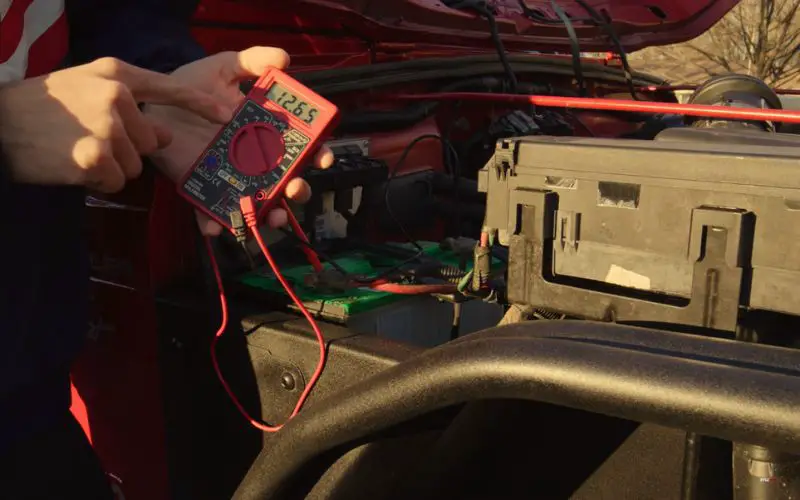
A weak or dead battery can leave you stranded. You might notice slow engine cranks or dimming headlights. These are signs that your battery is not doing well.
How to Diagnose
First, look at the battery light on your dashboard. If it’s on, you have a problem. Next, use a multimeter to check the battery voltage. A reading below 12.4 volts is a warning sign. Finally, try starting your car. If it struggles or fails to start, the battery could be the issue.
How To Fix
- Clean Battery Terminals: Dirty terminals can affect battery performance. Clean them with a brush and baking soda.
- Check Cables: Make sure all cables are secure. Tighten any loose connections.
- Charge Battery: Use a car battery charger to boost the battery. Follow the charger’s instructions.
- Test Alternator: A bad alternator can drain the battery. Get it checked.
- Replace Battery: If the battery is old or damaged, replace it. Make sure the new one fits your Jeep model.
- See a Mechanic: If you’ve tried everything and still have issues, consult a mechanic. They can offer a thorough diagnosis.
Won’t idle up
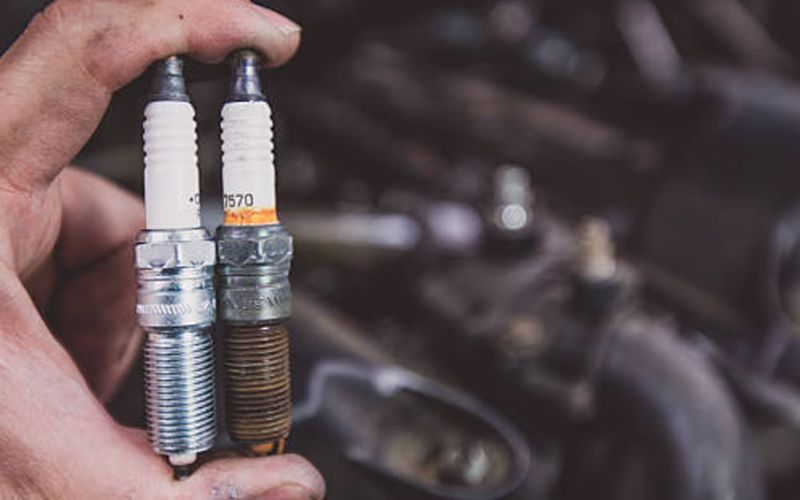
When your 2.4l Engine won’t idle up, it can be a pesky issue. This means the engine struggles to maintain a steady RPM at idle, causing it to stall or run rough. The culprits often include a dirty or malfunctioning idle air control valve (IACV), a clogged air filter, or a vacuum leak.
How to Fix:
- Check Air Filter: Open the hood. Locate the air filter. Make sure it’s clean.
- Clean Throttle: Use a cloth and throttle cleaner. Wipe the throttle body.
- Check Spark Plugs: Locate the spark plugs. Replace if they look worn out.
- Test Drive: Take a short drive. See if the engine idles up now.
- Mechanic Visit: If the problem persists, see a mechanic. They can find the root cause.
Vibrations

Vibrations in the 2.4 Jeep Engine can be quite bothersome. These vibrations can be felt through the steering wheel and even the entire vehicle, making for an uncomfortable ride. The most frequent culprits are unbalanced or damaged tires, worn-out suspension components, or issues with the engine mounts.
How to Fix:
- Check Tire Balance: Start by checking the balance of your tires. If they are unbalanced, have them balanced by a professional.
- Inspect Tires for Damage: Examine the tires for any visible damage, such as bulges or flat spots. Replace damaged tires as needed.
- Suspension Evaluation: Inspect the suspension components, including bushings and shocks, for wear and tear. Replace any worn-out parts.
- Engine Mount Examination: Check the engine mounts for damage or deterioration. If they are damaged, replace them to reduce engine vibrations.
- Wheel Alignment: Ensure your vehicle’s wheels are properly aligned. Misaligned wheels can contribute to vibrations. Align them correctly if necessary.
- Consult a Mechanic: If the vibrations persist after these steps, consult a mechanic. They can perform a comprehensive inspection to identify and address the root cause of the issue.
By following these simple steps, you can effectively address vibrations in your 2.4 Jeep Engine, ensuring a smoother and more comfortable driving experience.
How To Take Future Preventive Measures?
Taking preventive measures for the future is essential to keep your 2.4 Jeep Engine running smoothly and trouble-free. Will discuss proactive steps to maintain your 2.4 Jeep Engine for trouble-free driving in the future.
| Future Preventive Measures | Description | |
|---|---|---|
| Regular Maintenance Checks | The first step in preventing future issues is regular checks. Look at oil levels, coolant, and transmission fluid. Do this at least once a month. It helps you catch problems before they get big. | |
| Tire Care | Tires play a big role in how your Jeep performs. Check tire pressure often. Rotate the tires every 6,000 miles. Balanced and inflated tires reduce vibrations and improve fuel efficiency. | |
| Engine Care | The engine is the heart of your Jeep. Clean the throttle body and air filter regularly. Replace spark plugs and belts as needed. These steps keep the engine running smooth. | |
| Cooling System | Overheating can cause severe damage. Make sure the cooling system is in top shape. Check the radiator and coolant levels. Replace the coolant as per your manual’s guidelines. | |
| Transmission Checks | Transmission issues can be costly. Check the transmission fluid often. If you notice leaks or shifting issues, act fast. Early action can save you from big repair bills. | |
| Professional Inspections | Sometimes DIY checks are not enough. Take your Jeep to a mechanic at least once a year. They can spot issues you might miss. They can also give expert advice on maintenance. | |
Final Words
So, take care of your Jeep 2.4 by reading this troubleshooting guide. Don’t ignore any issues for a long time.
Happy driving mates.
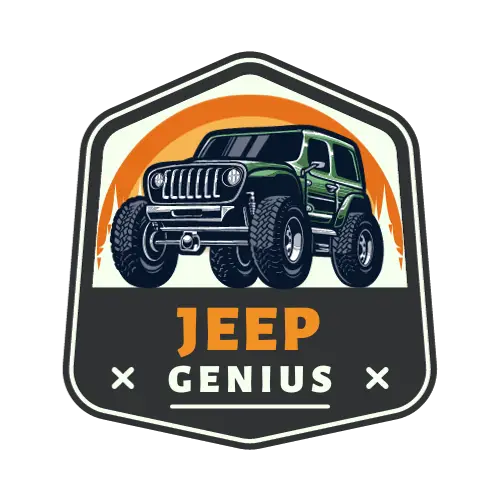
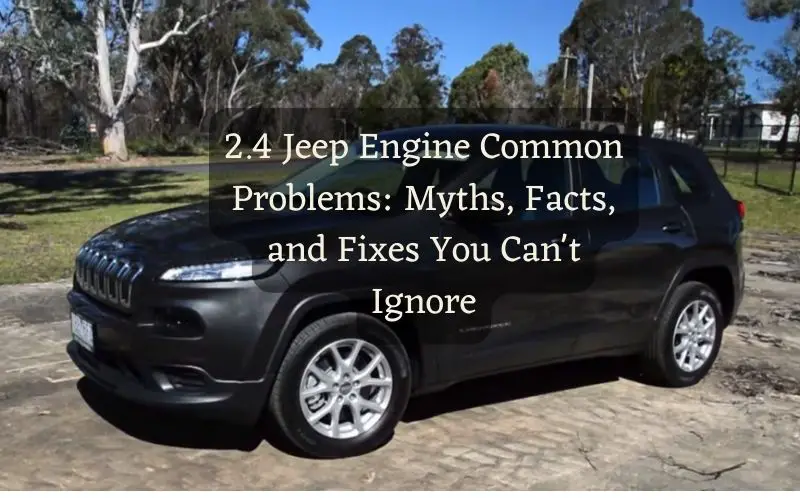
Leave a Reply